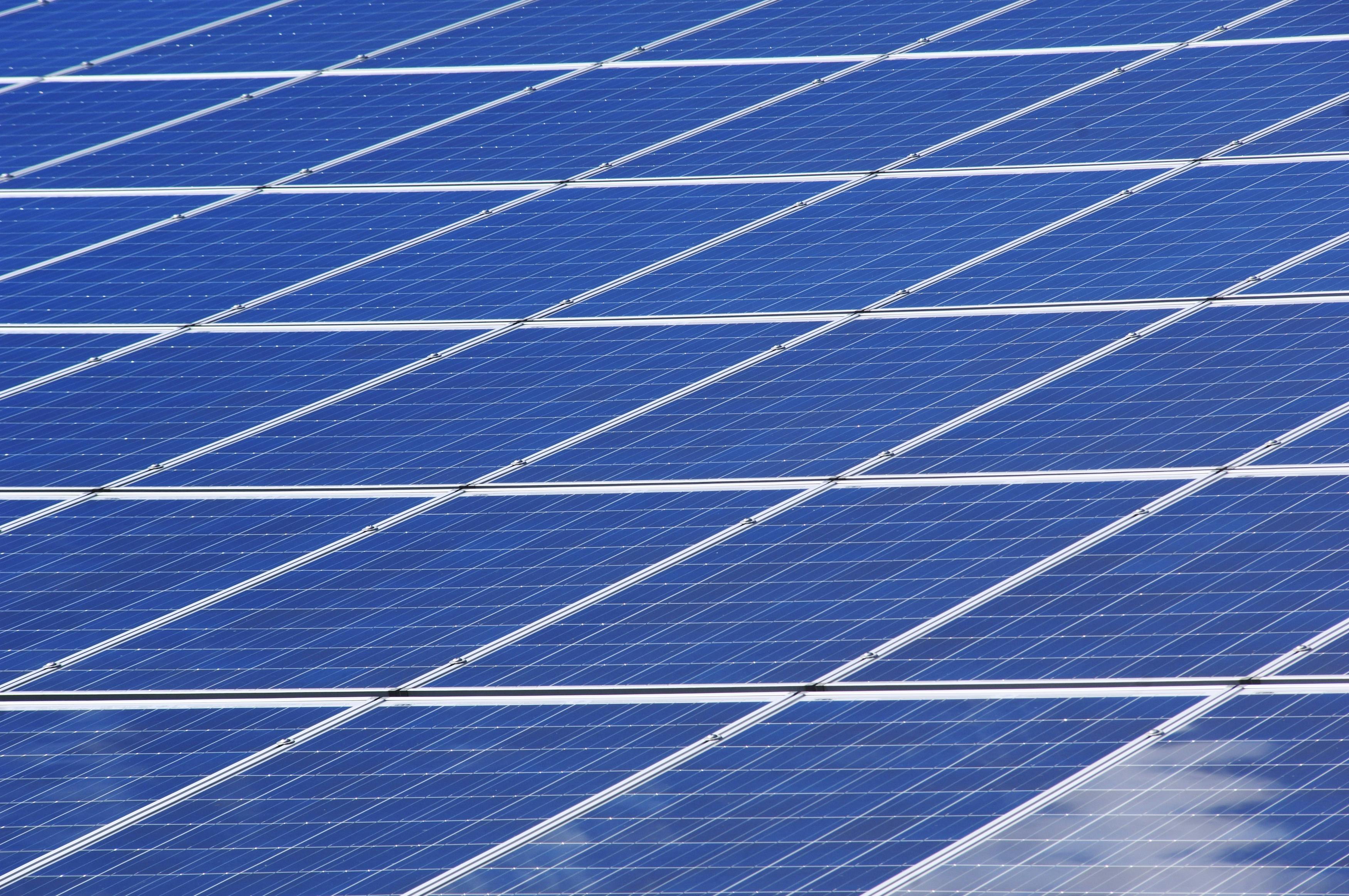Seamless Power Transitions: Home Generator Systems Explained
Maintaining an uninterrupted power supply is a growing concern for many homeowners, especially in areas prone to severe weather or grid instability. A sudden power outage can disrupt daily life, impact essential services, and even pose safety risks. Home generator systems offer a reliable solution, providing an automatic source of electricity when the primary grid fails. Understanding how these systems work and their benefits can help homeowners make informed decisions about securing their power needs.

Understanding Whole House Generators
A whole house generator, also known as a standby generator, is a permanent fixture installed outside a home, similar to an air conditioning unit. Unlike portable generators that require manual setup and refueling, a whole house generator automatically detects a power outage and turns on, typically within seconds. It connects directly to the home’s electrical system through an automatic transfer switch, which safely disconnects the home from the utility grid and connects it to the generator. This seamless transition ensures that essential appliances and systems, or even the entire home, continue to receive power without interruption.
Why Consider a Generator for Emergency Home Use?
The primary motivation for investing in a generator for emergency home use is to maintain normalcy and safety during unexpected power outages. These outages can be caused by various factors, including severe storms, utility grid failures, or natural disasters. For homeowners, a reliable backup power source means refrigerators keep food fresh, heating or cooling systems remain operational, medical devices continue to function, and security systems stay active. Beyond comfort, it also prevents potential damage from frozen pipes in winter or heat-related issues in summer, safeguarding property and well-being.
Exploring Options for Home Backup Power
When considering a generator for home backup power, several options are available, primarily differing in fuel type and capacity. The most common fuel sources include natural gas, propane, and diesel. Natural gas generators connect directly to an existing gas line, offering an unlimited supply during an outage. Propane generators require a storage tank, providing flexibility but with a finite fuel supply. Diesel generators are robust and fuel-efficient but also need a storage tank. Generator capacity, measured in kilowatts (kW), determines how many appliances and circuits it can power. Smaller units might only cover essential circuits, while larger whole house generators can power an entire residence, offering comprehensive protection.
Key Aspects of Generator Installation Services
Proper generator installation service is crucial for the safe and efficient operation of any home backup power system. This process typically begins with a professional site assessment to determine the appropriate size and location for the generator, considering factors like local zoning laws, noise levels, and fuel line access. Licensed electricians and plumbers are essential for connecting the generator to the home’s electrical panel via an automatic transfer switch and establishing the fuel supply. Permits are often required, and professional installers ensure all work complies with national and local electrical codes, providing peace of mind regarding safety and reliability.
Investing in a home generator system involves considering both the unit cost and the installation expenses. The overall cost can vary significantly based on the generator’s size, brand, fuel type, and the complexity of the installation, including electrical work, fuel line routing, and local permitting fees. Homeowners should obtain detailed quotes from multiple qualified providers to understand the full scope of the investment. It is also important to factor in ongoing maintenance costs and fuel expenses.
| Product/Service | Provider | Cost Estimation (Unit + Installation) |
|---|---|---|
| Standby Generator | Generac | $7,000 - $25,000+ |
| Standby Generator | Kohler | $8,000 - $28,000+ |
| Standby Generator | Cummins | $9,000 - $30,000+ |
| Standby Generator | Briggs & Stratton | $6,500 - $22,000+ |
Prices, rates, or cost estimates mentioned in this article are based on the latest available information but may change over time. Independent research is advised before making financial decisions.
Maintaining Your Home Generator System
Regular maintenance is key to ensuring a whole house generator operates reliably when needed most. This includes routine checks of oil levels, air filters, and spark plugs, similar to vehicle maintenance. Many systems also perform weekly self-tests to ensure readiness. Professional maintenance services can provide thorough inspections, address potential issues, and extend the lifespan of the unit. Adhering to the manufacturer’s recommended maintenance schedule helps prevent breakdowns and ensures that the generator is always prepared to provide seamless power during an outage, protecting your investment and your home’s functionality.
Home generator systems offer a robust solution for ensuring continuous power, enhancing safety, and preserving comfort during grid outages. From understanding the different types and their operational benefits to navigating the installation process and considering overall costs, informed decision-making is crucial. These systems represent a significant investment in a home’s resilience, providing essential backup power for a range of circumstances and contributing to greater peace of mind for homeowners facing unpredictable power events.




